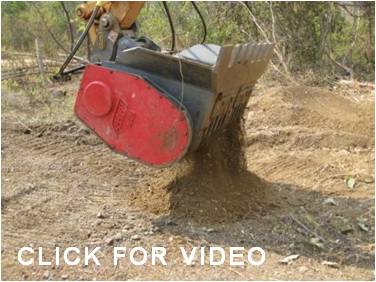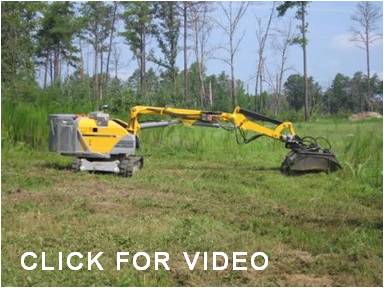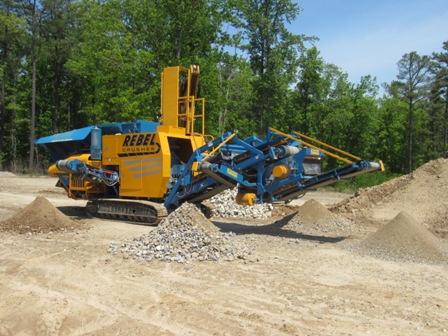





 |

The Lebanese Republic is contaminated with mines and explosive remnants of war (ERW) as a legacy of 15 years of civil conflict, the laying of minefields along the 118km-long Blue Line, the Israel-Hezbollah conflict in 2006, and recent ISIS and other extremist activity in the northeast (overspill from Syria). Mine contamination affects the north and south of the country, though most contamination is found in the south. Landmine contamination covers about 40.8km2 (10,082 acres) as of 2019.
Cluster munition contamination originates primarily from the conflict with Israel in July–August 2006, although some contamination remains from conflict in the 1980s. Contamination by cluster munition remnants at the end of 2017 was estimated to cover 843 confirmed areas over 17.2km2. the Lebanese Mine Action Center (LMAC) stated there are 115 suspected areas covering more than 6.8km2. Previously unrecorded cluster munition contamination continues to be identified, mostly in South Lebanon.
Cluster munition contamination affects over 1 million people living in 768 villages in rural areas. Agriculture is important for income generation, thus the people are entering these areas while stating they have no choice.
The Mine Advisory Group (MAG) is executing operational field evaluations for five US Humanitarian Demining Research and Development (HD R&D) Program mechanical clearance systems. The Terrapin is a small remote controlled excavator capable of using its suite of clearance inside structures as well as in mine and unexploded ordnance (UXO) areas. The other four are tool attachments for commercial loaders or excavators used to expose and remove explosive devices from the ground. As of December 2020 these machines have cleared 2,757 mines and 5,130 items of unexploded ordnance from 244,559 square meters of land.
Sources: To Walk the Earth in Safety, 2023
Landmine Monitor Report, 2020
|
|
Multi-tool Attachments |

|
The Humanitarian Demining Research and Development (HD R&D) Program has developed a wide variety of excavator and loader based tools for mechanical mine clearance. These attachments give deminers the capability to perform area preparation, technical survey and mine clearance from a safe area. Tools that have proven useful include vegetation cutters, grapples, tillers, and buckets for sifting, grinding, and crushing. The HD R&D Program has modified several small, medium and large class excavators with armor protection and the interfaces needed to use these tools in various demining environments. Operational Field Evaluations (OFE) can be performed with HD R&D Program developed excavators or loaders, or with just the tools mounted to the demining organization`s own host equipment.
Distribution Statement A: Approved for public release.



PARTNERS: Mines Advisory Group; Golden West Humanitarian Foundation; The HALO Trust
|
|
Terrapin |

|
The Terrapin is a small, versatile remote controlled excavator-based system designed to perform area preparation and clearance tasks in anti-personnel (AP) contaminated minefields. The Terrapins small platform based system makes it fuel efficient as well as light weight. The six ton Terrapin features several attachments which give it the capability to clear vegetation and obstacles so demining teams can access the mine suspect areas, and mechanically remove and neutralize mines and unexploded ordnance (UXO).
Distribution Statement A: Approved for public release.



PARTNERS: Mines Advisory Group - Lebanon
|
|
Rebel Crusher |

|
The Rebel Crusher is a commercial mobile soil sifter and rock crushing plant modified for demining operations. It is designed to operate in areas where a significant fraction of the soil is composed of mine-sized objects (rocks) which make sifting difficult, or where dense metallic clutter makes mines undetectable. Modifications to the system include hardening the crushing chamber to withstand anti-personnel mine blasts, and increasing the capacity of the sifting mechanism. The Rebel Crusher is capable of processing 75-125 tons of soil per hour. Distribution Statement A: Approved for public release.


PARTNERS: Mines Advisory Group (MAG)-Lebanon, MAG -Iraq (2014-2021)
|
|
    
|
|

